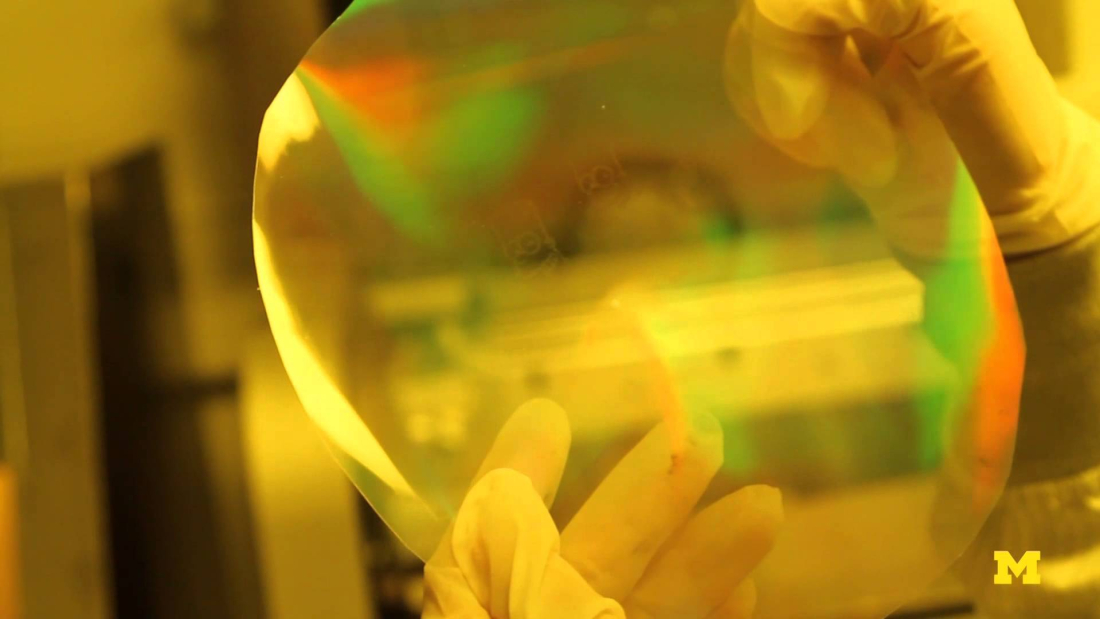An outline of Marilyn Monroe’s iconic face appeared on the clear, plastic film when a researcher fogs it with her breath. Terry Shyu, a doctoral student in chemical engineering at the University of Michigan, was demonstrating a new high-tech label for fighting drug counterfeiting. While the researchers don’t envision movie stars on medicine bottles, but they used Monroe’s image to prove their concept.
Counterfeit drugs, which at best contain wrong doses and at worst are toxic, are thought to kill more than 700,000 people per year. While less than 1% of the U.S. pharmaceuticals market is believed to be counterfeit, it is a huge problem in the developing world where as much as a third of the available medicine is fake.
To fight back against these and other forms of counterfeiting, researchers at U-M and in South Korea have developed a way to make labels that change when you breathe on them, revealing a hidden image.
“One challenge in fighting counterfeiting is the need to stay ahead of the counterfeiters,” said Nicholas Kotov, the Joseph B. and Florence V. Cejka Professor of Chemical Engineering who led the Michigan effort.
The method requires access to sophisticated equipment that can create very tiny features, roughly 500 times smaller than the width of a human hair. But once the template is made, labels can be printed in large rolls at a cost of roughly one dollar per square inch. That’s cheap enough for companies to use in protecting the reputation of their products—and potentially the safety of their consumers.
“We use a molding process,” Shyu said, noting that this inexpensive manufacturing technique is also used to make plastic cups.
The labels work because an array of tiny pillars on the top of a surface effectively hides images written on the material beneath. Shyu compares the texture of the pillars to a submicroscopic toothbrush. The hidden images appear when the pillars trap moisture.
“You can verify that you have the real product with just a breath of air,” Kotov said.
The simple phenomenon could make it easy for buyers to avoid being fooled by fake packaging.
Read Full Story Here
Date: August 6, 2014
Source: University of Michigan
SUBSCRIBE TO OUR BLOG IN THE RIGHT SIDEBAR MENU TO RECEIVE OUR DAILY BLOG POST DIRECTLY TO YOUR E-MAIL
SUBSCRIBE TO OUR NEWSLETTER TO RECEIVE A MONTHLY MAIL WITH MORE RELEVANT INDUSTRY AND COMPANY NEWS


Add a Comment